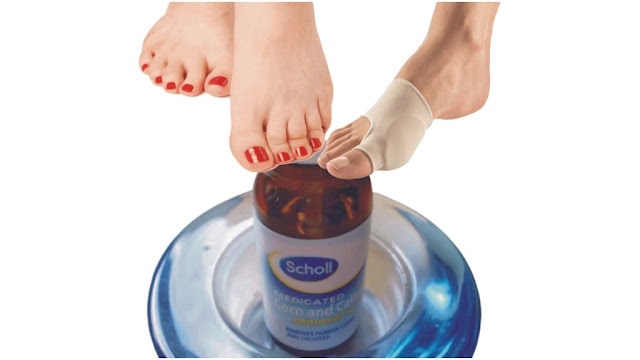"How to get rid of hammer toe without surgery at home"? Hammer's toe is a condition in which an unusual curve is created amidst one or a couple of your toes. This is because of a miss happening to the muscles, ligaments, and joints in your toe.
Hammer toe can develop due to genetic reasons or it can also be caused by ill-fitting footwear. If you develop a hammer toe, there are steps you can take to treat the issue. In today's article, we're going to talk about getting rid of a hammer toe without surgery at home.
What Is A Hammer Toe?
Hammer toe is a disorder that affects the toes, mainly the second, third, or fourth toe. It is characterized by abnormal bending of the joint in the middle of the toe, causing the toe to resemble a hammer or claw. This condition usually results from an imbalance in the muscles, tendons, or ligaments that normally keep the foot straight.
The Main Causes of Hammer Toe Include
Muscle imbalances:
Muscle imbalances around the foot can lead to abnormal bending of the joint.
Shoes:
Wearing shoes that are too tight, tight or with high heels can force the toes into a bent position, which contributes to the development of hammer toe.
Trauma:
An injury to the leg or foot can cause muscle imbalances and lead to the formation of a hammer toe.
Arthritis:
Conditions such as arthritis can affect the joints of the toes, contributing to the development of a deformity like hammertoe.
Common symptoms of hammertoe include pain, difficulty wearing shoes, corns or calluses on the affected toes, and limited range of motion in the affected joints. Although conservative, non-surgical methods can be used to manage the condition.
Severe cases may require surgical intervention to correct the deformity. It is important for individuals experiencing symptoms of hammertoe to consult a healthcare professional, such as a podiatrist, for an accurate diagnosis and appropriate treatment plan.
4 Ways To Get Rid of Hammer Toe
1. Wear comfortable shoes
Wear comfortable shoes if you're suffering from hammer toe adjust your footwear right away. Wearing ill-fitting shoes can prolong the issue and possibly make your hammer toe worse choose a shoe that fits you properly.
Do not wear shoes that are too big when you're suffering from hammer toe you should also aim for shoes with a wide toe box, as this can add comfort. Choose shoes with a soft interior. Do not wear high heels when you're suffering from hammer toe.
2. Apply ice
Apply ice to an inflamed hammer toe. Hammer toes may develop painful swelling. In the situation with your hammer toe, an ice pack can help. Apply an ice pack to your toe a few times a day until the swelling goes down.
If you don't have a commercial ice pack, you can place some ice cubes in a plastic bag to treat hammer toe or use a bag of frozen vegetables, like peas or corn. Never apply ice or an ice pack specifically to your toe. Ensure you envelop it with a towel before setting it over your foot.
3. Hammer-toe pad
Use a hammer toe pad. You can buy a hammer toe pad at the drugstore. Add that you would place in your shoe. This pad is designed to protect the infected toe by providing support and pain relief. Follow the instructions on the package regarding use. Make sure you get a non-medicated pad. Hammer toes can wind up tainted and you would prefer not to utilize drugs on your toe without counseling a specialist.
4. Medicated Corn Removal Products
Avoid over-the-counter medicated corn removal products. Hammer toes may develop thick calluses or corns. Many drug stores sell over-the-counter corn removal products, but these are best avoided when you're suffering from hammer toe. These products can cause rashes and foot irritation, worsening your condition.
Conclusion:
Management of hammertoe without resorting to surgery is possible with a combination of non-invasive strategies. From targeted foot exercises and proper footwear to orthotic inserts and foot splints, a holistic approach can help reduce pain, improve flexibility, and slow the progression of the condition. Incorporating lifestyle changes, such as weight management and regular foot examinations, improves overall foot health.
Although surgical intervention remains an option for severe cases, these non-surgical methods offer an active and accessible way to treat the symptoms of hammertoe. Always consult a healthcare professional for personalized advice and to determine the most appropriate method for your particular situation. Taking proactive steps and adopting these measures can contribute to better foot health and a better quality of life.




.png)

















